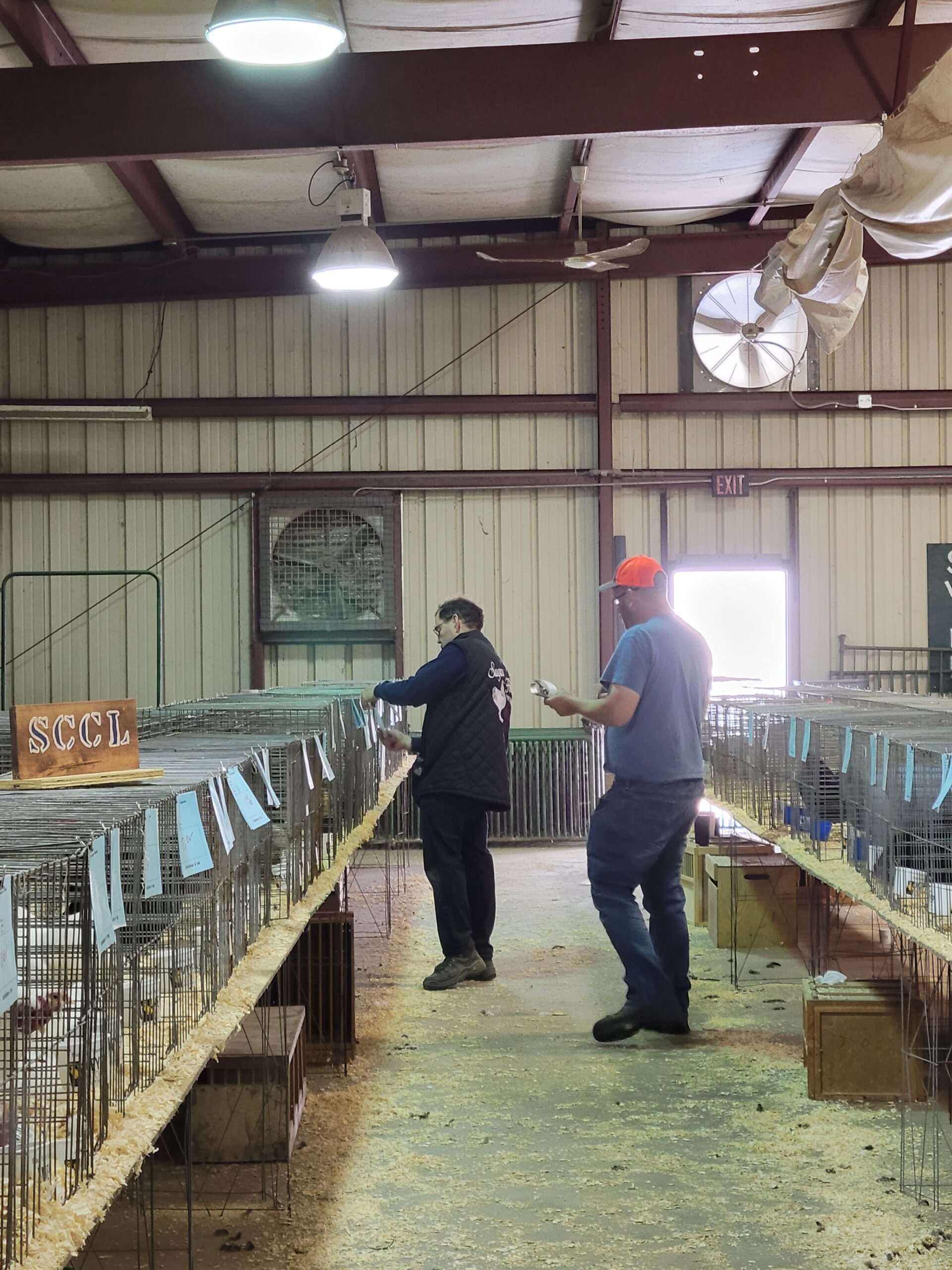Understanding Poultry Shows
When you first walk into a poultry show, understanding the showroom layout can be overwhelming. If you are showing birds, knowing where to start looking for cages can take your stress to new heights. Understanding poultry shows comes with time, but knowing the showroom layout before you even enter the building can help you feel a little more prepared to enter your first poultry show.
How It’s All Laid Out
Poultry shows, big and small, are generally open to three types of fowl recognized by the American Poultry Association and the American Bantam Association. Turkeys and waterfowl are shown at most shows, but we will focus on chickens as they are by far the most common type of fowl at most shows.
It may appear at first glance that there are wall to wall chickens in no particular order. However, someone has worked hard to organize the birds. The pattern may not be apparent, but once you start understanding poultry shows, it will begin to make sense.
Large Fowl (Big) or Bantam (Small)
The first thing you may notice is that there are very large birds and very small birds. You might even notice that some look almost identical, except for the size. The small birds are known as bantams, sometimes called “banties”. A few types of birds come only in large fowl or just in bantam, but many can be either. The relationship is similar to “toy” or miniature dogs and their “normal” size counterparts. The goal is to have virtually the same birds, except for size. Typically large fowl will weigh in at 9 to 12 pounds, while a bantam will weigh 1.5 to 3 pounds. Large fowl are the standard size for a chicken, but bantams are popular because they are smaller, easier to handle, take up less space, eat less food and still provide many of the benefits of owning chickens. In the show, large fowl and bantams will be shown separately and in different areas of the showroom.

Classes
The next thing you may notice is that birds are grouped by breed & variety, with a specific group of breeds making up a class. For large fowl, the classes are named after the area of origin:
- American Class
- Asiatic Class
- English Class
- Mediterranean Class
- Continental Class
- All Other Standard Breed
For bantams, classes are named after physical characteristics:
- Game Bantams
- Single Comb-Clean Legged (S.C.C.L.)
- Rose Comb Clean Legged (R.C.C.L.)
- All Other Comb Clean Legged (A.O.C.C.L.)
- Feather Legged (FL)
Breed
Within each class will be several breeds. Each breed will have specific characteristics that differentiate it from all other breeds. One example is the Brahma and Silkie are both in the Feather Legged class or a Rhode Island Red and Leghorn are both in the Single Comb Clean Legged (SCCL) class. Breeds will differ in shape, feather characteristics, comb and other attributes. Some breeds originated for meat production, some for egg production, and a few were developed for ornamental qualities. Other breeds originated from Asian or European fighting cock stocks. The Standard of Perfection will provide information on breeds, their characteristics and history.
Variety (Color)
If you look at a breed you will find that there are often many color patterns represented. Both large fowl and bantam Plymouth Rocks are recognized in Barred, White, Buff, Silver Penciled, Partridge, Columbian, and Blue varieties for example. The black variety was recently admitted, but for Plymouth Rock bantams only. Each of these varieties has distinctive traits that set it apart from other varieties. You may find some of the same varieties appearing in a number of breeds, for example there are Buff Brahmas, Buff Cochins, Buff Orpington, Buff Silkies and a few other breeds with buff varieties also. The Standard of Perfection will list the characteristics of each variety.
Synopsis: Poultry shows are set up first by a Class. Then each class is broken down by the breeds that are a part of that class. Each variety of the breed is in one area and organized by sex and age of the bird (cocks, cockerels, hens and pullets). Knowing this framework will give you an understanding of poultry shows and how they are organized.
If you are looking to enter into a local show, visit our interactive event map for shows coming up near you.
